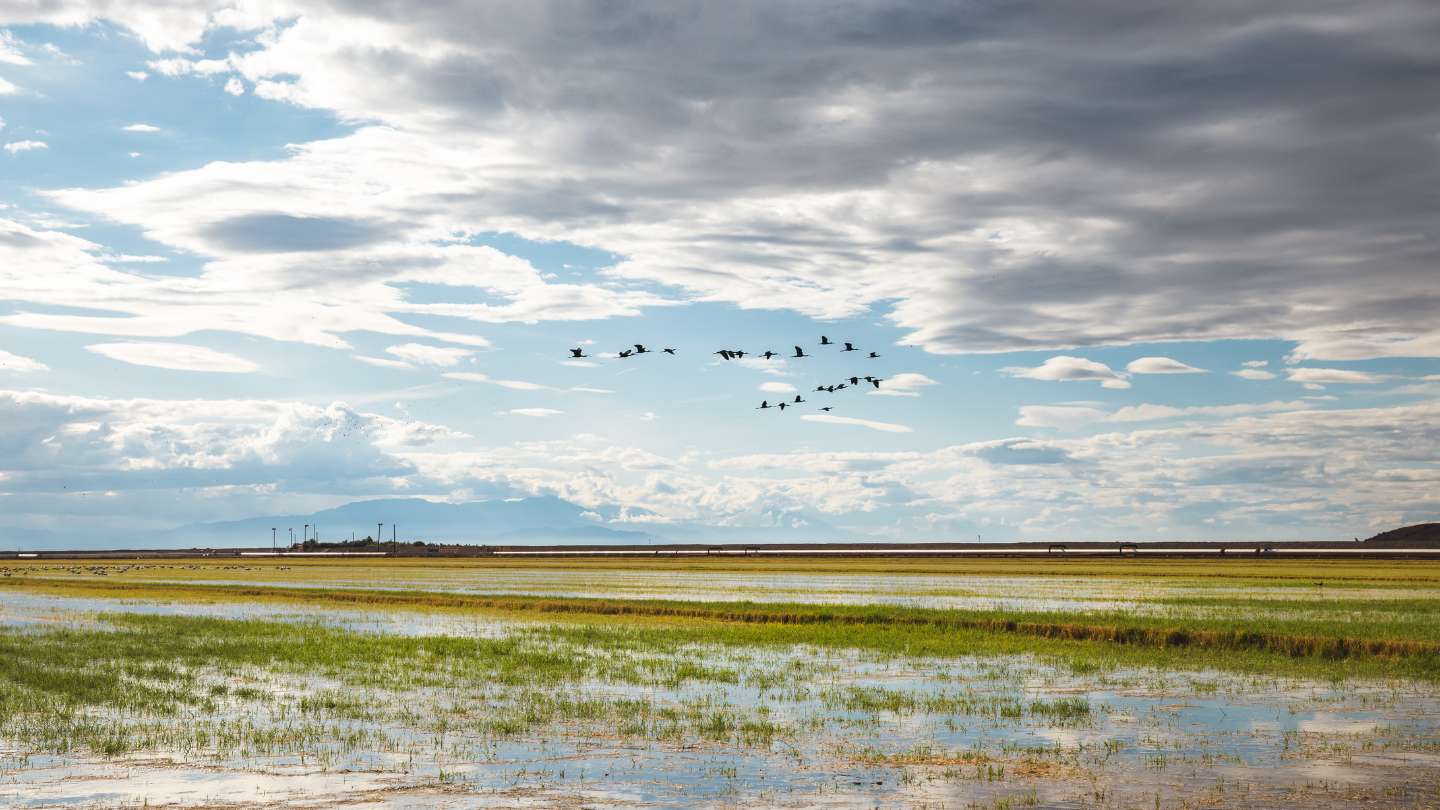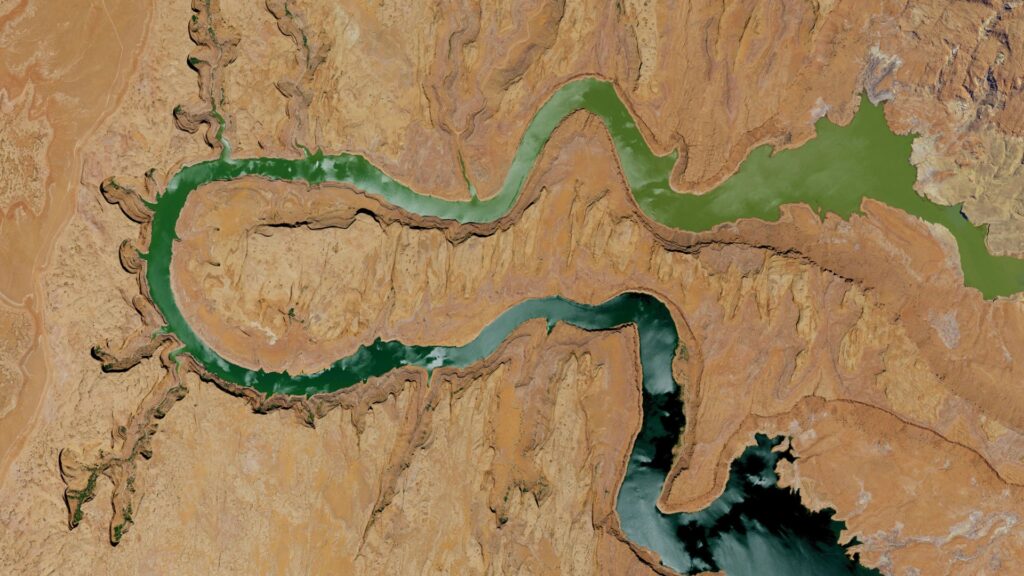
Water Weekly: “There’s really nothing new under the sun in the Colorado River space.”
Three big stories from the last few water weeks that were.
1. Colorado’s Drought Task Force takes shape
This year, Colorado lawmakers punted tough decisions on Colorado’s drought response until the next legislative session, instead establishing a statewide task force to come up with politically palatable solutions. Now, the members of that task force have (almost) all been announced, and they are required to hold their first monthly meeting before the end of July. The Colorado Sun dug through the appointment announcements from the legislators tasked with creating the Task Force and pulled together a complete list of members. The list is below. To learn who appointed each member and why, read the Sun’s article.
- Kathy Chandler-Henry, an Eagle County commissioner, as a representative from local government located within the boundaries of the Colorado River Conservation District that provides municipal water services
- Mike Camblin, with the Colorado Cattlemen’s Association, as a representative of a statewide agricultural organization that owns water rights
- Alexandra Davis, assistant general manager of water supply and demand for Aurora Water, as a representative from a Front Range water provider
- Daris Jutten, chair of the Uncompahgre Valley Water Users Association, as an agricultural producer who owns water rights
- Aaron Citron, the associate director of external affairs for The Nature Conservancy in Colorado, as a representative from a statewide environmental nonprofit organization
- Melissa Youssef, a Durango city councilwoman, to serve as a representative of a local government within the Southwestern Water Conservative District that provides water for municipal purposes
- Orla Bannan, healthy rivers strategic engagement manager at Western Resource Advocates, to serve as a representative of a statewide environmental nonprofit with expertise in water right as Colorado River Interstate Compact governance
- Jackie Brown, water and natural resource policy adviser for Tri-State Generation and Transmission
- Montezuma County Commissioner Gerald Koppenhafer, an agricultural producer from the Southwest Water Conservation District, a veterinarian and president of the Montezuma Valley Irrigation Company
- Andy Mueller, general manager of the Colorado River District
- Lee Miller, general counsel of the Southeastern Water Conservation District
- Steve Wolff, general manager of the Southwestern Water Conservation District
- Kyle Whitaker, appointed by the Northern Colorado Water Conservancy District Board of Directors as their representative
- Dan Gibbs, the executive director of the Colorado Department of Natural Resources, or his designee
- Colorado Agriculture Commissioner Kate Greenberg, or her designee
- A representative of the Ute Mountain Ute tribe, yet to be named publicly.
- A representative of the Southern Ute tribe, yet to be named publicly.
2. California’s lead water negotiator is first Gen-Zer to take a seat at the big water table
Alex Hager of KUNC profiles JB Hamby, the newest and youngest member of the select group of Colorado River Basin water negotiators, in this piece from KUNC that has been syndicated far and wide throughout the basin. Hamby was elected chair of the Colorado River Board of California in January, “giving him a seat at the river’s most important negotiating tables alongside other state delegates generations his senior,” Hager writes. Hamby is from a farm family in the Imperial Irrigation District, the largest single water user in the Colorado River Basin. While some might hope that with youth comes a fresh perspective on the complicated issues of Colorado River water, Hamby studied history at Stanford University and appears set to rely on past precedent heavily to defend California’s water resources. Hamby told Hager, “There’s really nothing new under the sun in the Colorado River space. People change, some of the words we use to describe things change, but the core themes and issues are the same ones we deal with now than as we did 100 years ago.” And Hager writes, “When pressed on their role in negotiations about the river’s future, Hamby and other California water managers point to existing laws and say they should be followed.”
3. Colorado takes emergency action to oversee wetlands, after U.S. Supreme Court removes protections
After the U.S. Supreme Court ruled in favor of Idaho couple Michael and Chantell Sackett and against the EPA over the agency’s interpretation of the Clean Water Act‘s Waters of the United States (WOTUS) rule, Colorado regulators felt they had a gap to fill. “As a result of the new Supreme Court decision, no agency has the authority to issue a permit or take enforcement action on these newly unprotected wetlands, according to Trisha Oeth, [Colorado Department of Public Health and Environment] director of environmental health and protection programs,” reports Jerd Smith, editor of Fresh Water News. The US Army Corps of Engineers previously issued permits for activities that may have impacted state waters in Colorado. So the agency has issued “emergency” guidance to those whose dredge or fill work may impact wetlands in the state. Under the new policy, the CDPHE is requiring notice of discharge into state waters. CDPHE claims authority to take enforcement action if unpermitted dredge and fill materials are discharged into state waters, writes Smith. “Austin Vincent, general counsel and policy director for the Colorado Farm Bureau, said his members are comfortable with the approach the CDPHE is taking in part because there are critical exemptions for on-farm work, such as irrigating, plowing and irrigation system maintenance,” Smith writes. Meanwhile, a working group that includes representatives of environmental and agricultural interests, as well as water utilities and mining companies, have been working with the state to explore a permanent solution to protect Colorado’s streams and wetlands in the future.
Bonus stories!
Summer travel and holidays have meant a few missed weeks here at the Water Weekly, but that doesn’t mean I stopped reading water stories. Here are links to a few more interesting articles that came across my desk:
Managing Rivers As Systems To Maintain Irrigation And Other Benefits
How a Saudi firm tapped a gusher of water in drought-stricken Arizona
Get the Water Weekly in your Inbox each week.





